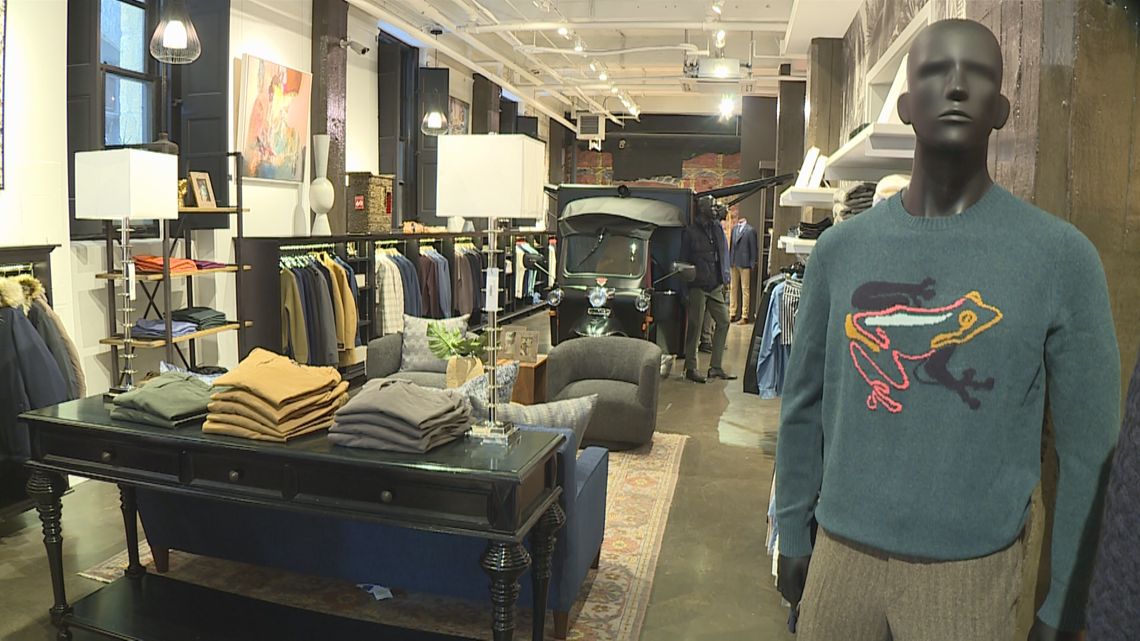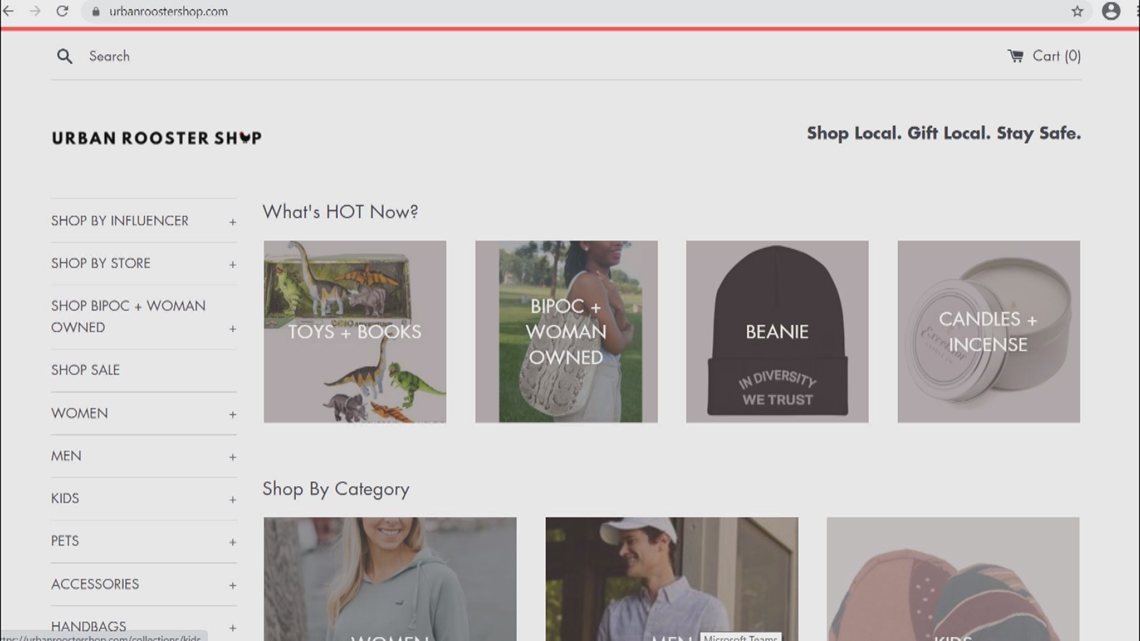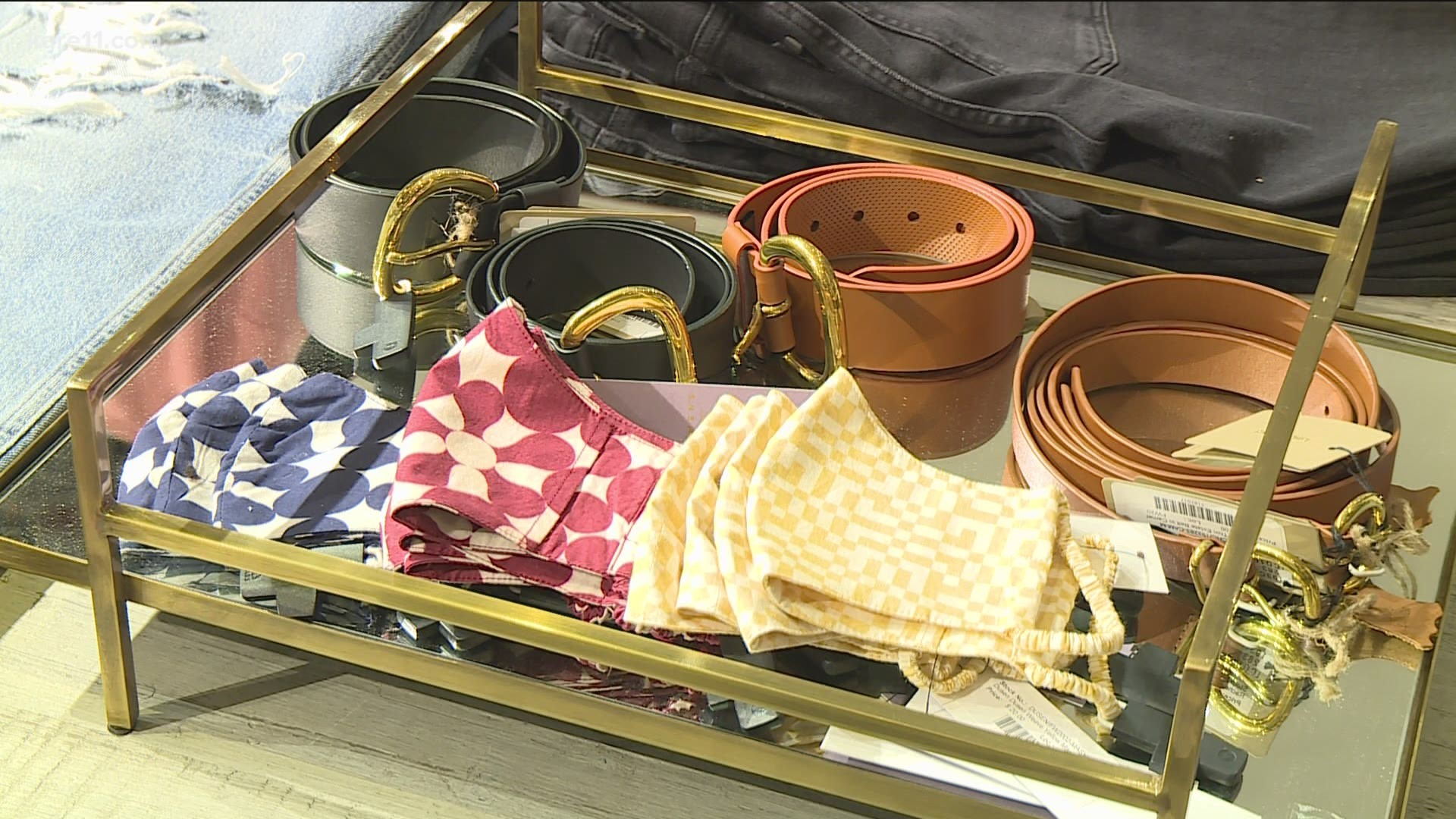MINNEAPOLIS — The plexiglass barriers at the Sawatdee restaurant in downtown Minneapolis have become something of a pandemic staple there and at restaurants across the country, as businesses worked to make indoor dining as safe as possible.
Cyndy Harrison, who owns and oversees three Sawatdee locations in the Twin Cities, thinks diners will see plexiglass and enhanced sanitizing processes for some time.
"That's something that I'm expecting will just continue, and hopefully social distancing won't be as significant, but you never know," she said.
The bigger question for Harrison is whether diners will come back to dine in person, at all. She says she's fortunate that sales at her restaurants (in Minneapolis, St. Paul, and Maple Grove) weren't seriously impacted by the pandemic. However, all locations saw a dramatic swing in people choosing takeout or delivery, even as restaurants were allowed to reopen at partial capacity for indoor dining.
In Maple Grove, Harrison estimates takeout/delivery pre-pandemic made up about 10% of sales. Now, it's a 50-50 split between takeout and dining in.
The shift was more significant at the locations in downtown Minneapolis and St. Paul. Harrison said takeout/delivery stood at around 35% of sales before the pandemic. Now, she estimates it's closer to 90%.
"We anticipate that that is going to continue. Of course, we want to have our full dining room open, but we also want to make sure everyone feels safe and comfortable coming in," she said.
Retail is a different story. No surprise customers have turned to online sales during the pandemic. But for Minneapolis retailer, MartinPatrick3, that wasn't an option. The store relies heavily on in-person customer service. So their sales representatives turned to Instagram, email, and text message to give tailored advice to clients.


"One of our sales associates had his best month he has every had in retail in December, and about 40% of his business he did through text message and emails," said Carrie Fryman, Director of Marketing & Buying at MartinPatrick3.
The store also shifted its offerings. With suit sales down, they added women's clothing and more casual options. Fryman says those choices have helped them stay afloat during the pandemic.
She says getting customers back in the store once it's safe might take a little more work.
"There are going to be customers that are not going to come in and shop until everyone is vaccinated," she said. "We have to give a reason for people to come into the store. So we talked about having small shopping parties for people."
Then, there's Urban Rooster Shop.
Launched November 2020 by two Twin Cities retail experts, the website is a one-stop online shop for small Twin Cities retail businesses, helping funnel traffic to the local businesses by putting them all in one place.


"If we're really going to support local businesses, we have to make it as easy to support them as it is to support Amazon, and Target, and Walmart," said co-founder, Anne Mezzenga.
Mezzenga and co-founder, Chris Walton, think some return to shopping at brick-and-mortar stores will happen after the pandemic. But Urban Rooster Shop is here to stay.
"People have changed their habits and they have become more digital in how they shop," said Walton.

